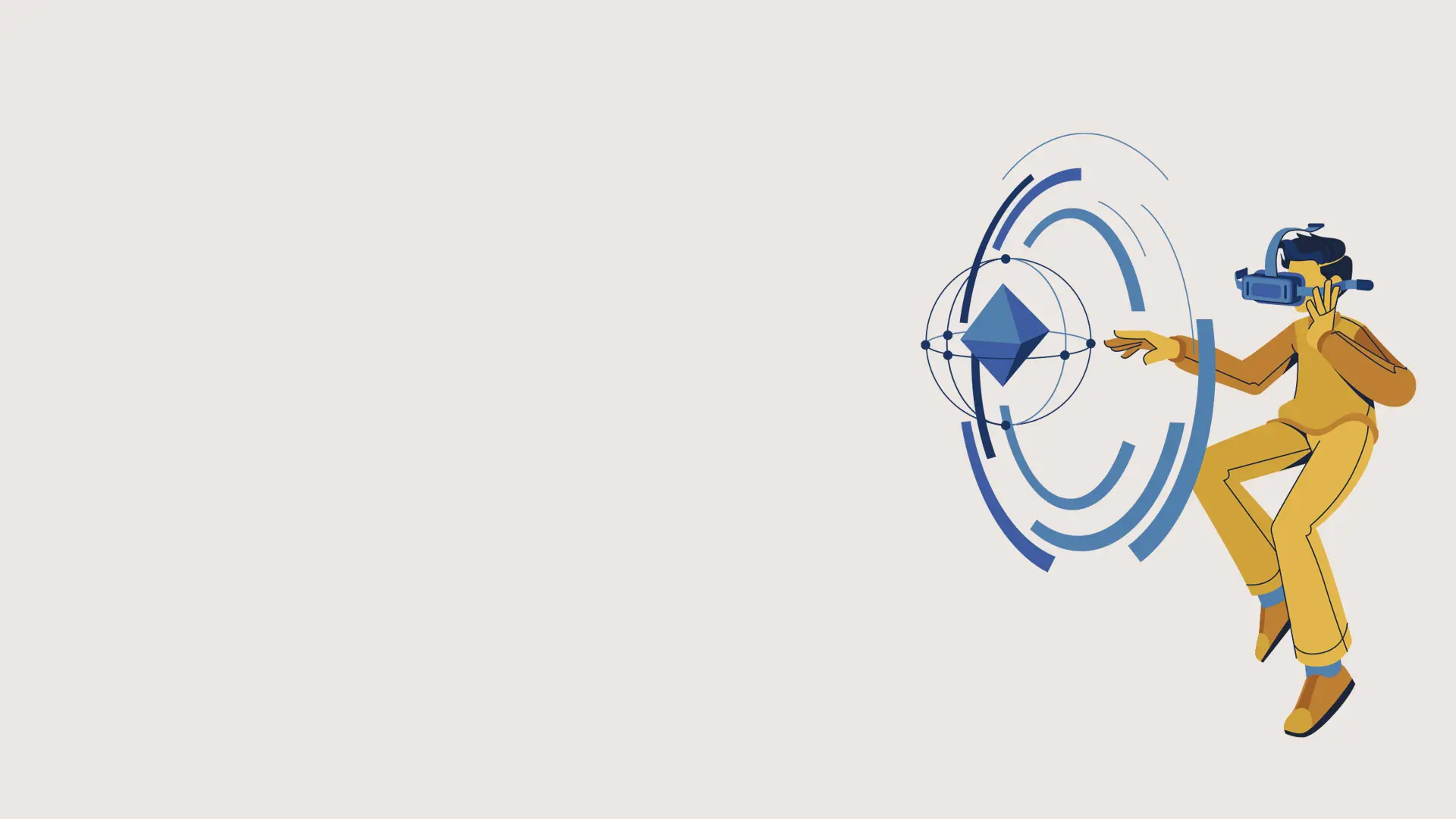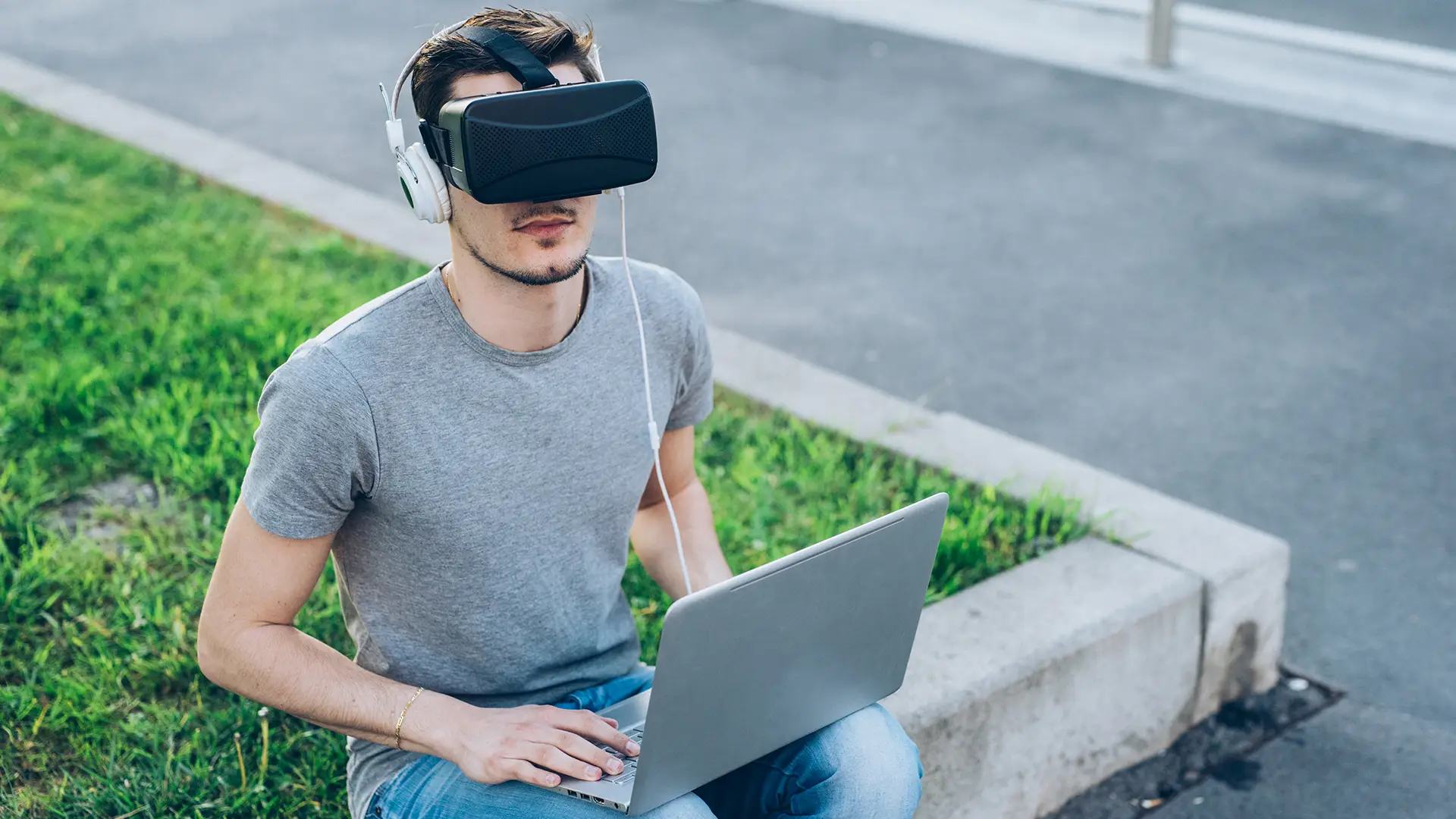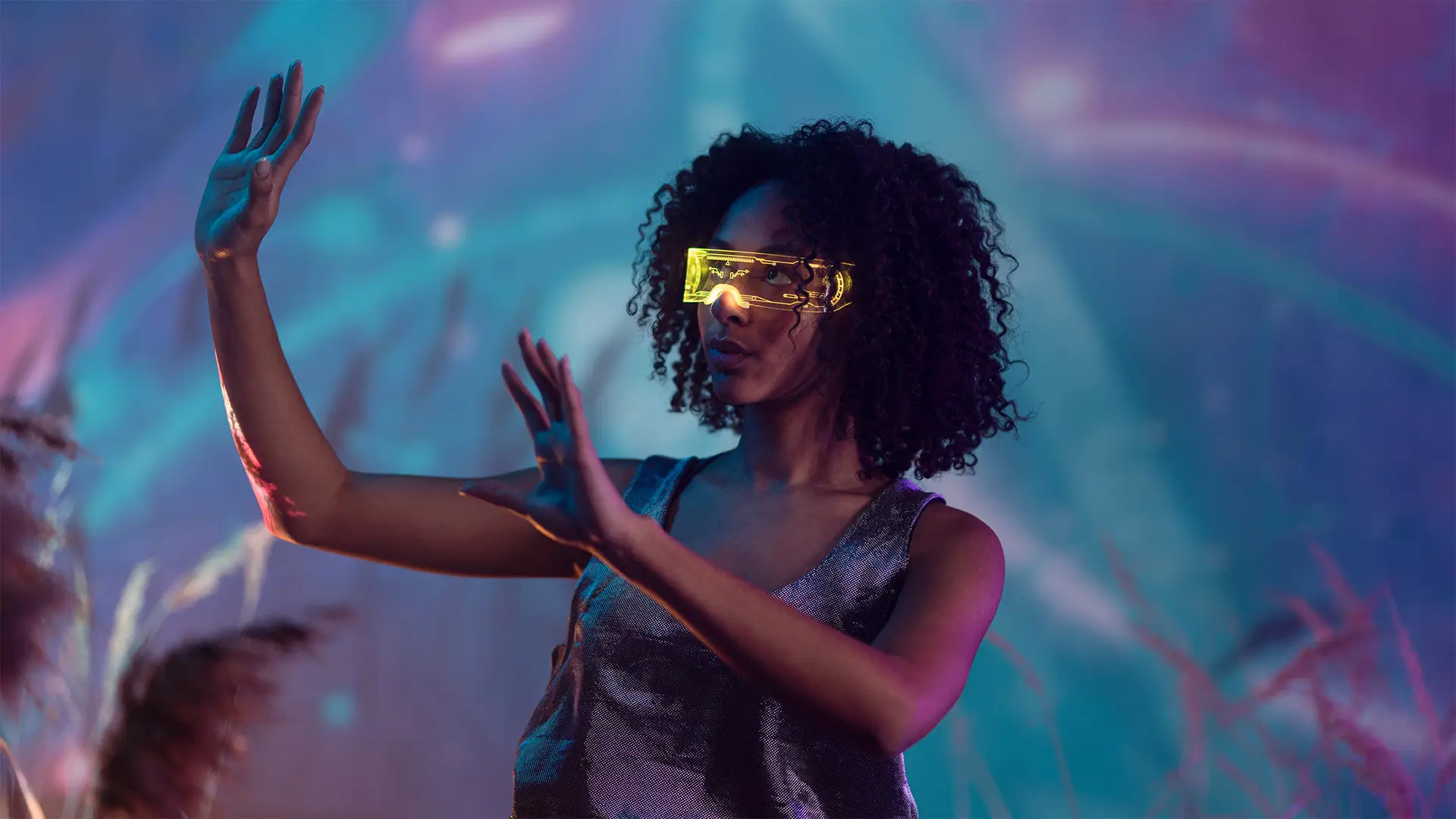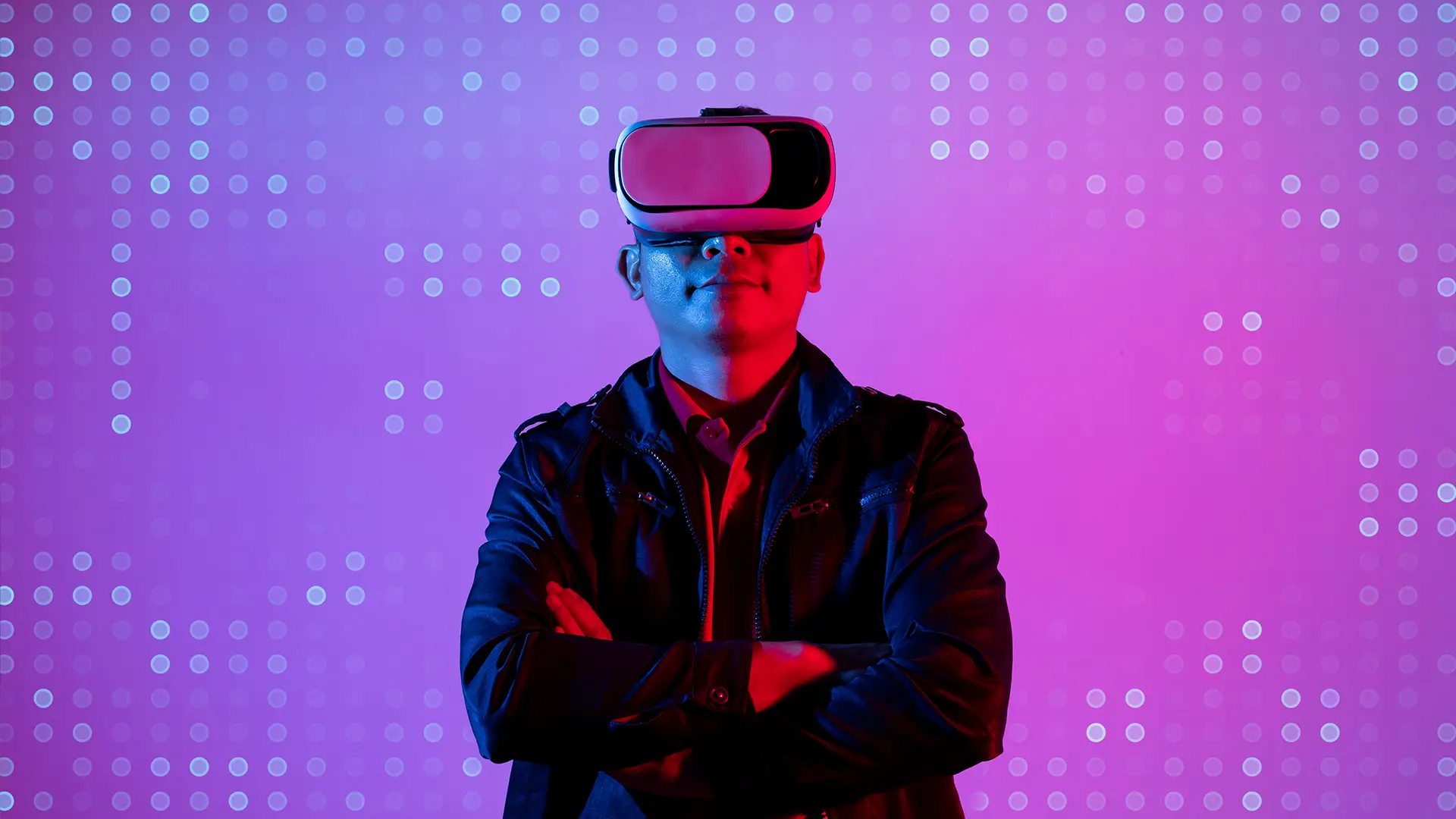
The future of UX design in the Metaverse
What is the Metaverse?
Metaverse is a combination of technologies such as virtual reality, augmented reality, and 3D models through which users "live" in a digital world. From attending virtual concerts to earning money on digital assets, there is a range of activities that can be performed here. Pop Stars including Ariana Grande and Justin Bieber have actually held concerts on Fortnite, which were attended by millions of users.
Currently, there is no unified metaverse and instead, this universe is divided into a series of disconnected metaverses. For example, there are platforms such as Decentraland, Fortnite, and Roblox, and each of these platforms has its avatars, settings, and narratives.
According to Business Wire, the metaverse market is expected to grow by $677.98 billion in the next four years. The market growth is driven by the increasing demand for AR and VR technology post-COVID-19, the growth of internet penetration and advancement of 5G, and introduction of Crypto and other digital assets.
How will User Experience (UX) Design change in the Metaverse?

UX Design becomes all the more important in the metaverse because essentially this evolution centers around how the user will now experience the internet more actively.
The story will reign supreme

By story, we mean that you create a narrative for the universe by combining the experiences of all its users. Stories also allow for a more seamless integration of advertisements in the metaverse. The story will be more believable for the users in case the surroundings are non-static.
This means that the virtual world you design should ideally evolve at its own pace and function even once the users logs out of the platform. Critics of metaverse accuse it of building an escapist reality that can adversely affect a person's mental health. UX can combat this risk by operating this world based on real-world rules.
Users become players

Till now users have been passively receiving the experience designed for them; but in the metaverse, they will be interacting with the content by assuming the role of a player.
Only this switch can allow for a more immersive experience. So you do create a story for your metaverse, but the user exercises their agency to determine the outcome; the focus should be on story-living instead of storytelling.
Emphasis on the Well-being of the user
The utility derived from the internet is enhanced with the metaverse, but so are the risks. The scarring effects of bullying, hate speech and cyber harassment will gain intensity when the user is immersed in this virtual reality. So UX design also needs to ensure that these menaces can be removed as the internet evolves.
The protocols have to be stricter so that behavioral norms can be established in the metaverse. Your target audience is Gen-Z, which has been the most actively engaged generation on social and mental health issues. So, UX designers have an opportunity (and a big responsibility) to create a more just world that they building from scratch.
Integration of Augmented and Virtual Reality

With Augmented reality (AR) tools, you can add digital elements to a live view, often by using the camera on your device. Whereas Virtual reality (VR) completely replaces your real-life surroundings with a simulation. Currently, an increasing number of businesses are trying to bring their metaverse to actual physical spaces by using Virtual Reality tools. This is the most effective way of advertising since the consumer actually experiences your product rather than just seeing it on their screens. For example, in the real estate market, clients have been saving time by going on virtual tours of the property.
As per McKinsey's "Next in Personalization 2021" report, 71% of customers expect brands to deliver personalized interactions. The beauty and fashion industry is delivering this personalization through 3D models and AR technology. Customers can visualize how a certain shade of foundation will look on their skin or select skin care after an AI-enabled skin diagnosis.
However, this is a relatively novel idea and certain factors need to be considered. Firstly, the experience is dependent on the actual physical surroundings of the users. Hence, UX Designers need to focus on field research to determine how and where the product is used. A few years ago, there was a lot of controversy surrounding the AR-based game Pokémon GO, the addictive nature of the game combined with the AR available on phones, meant that people were playing the game in every possible physical location, which led to accidents and injuries.
Secondly, there is a lot of chatter about how AR and VR tools can create sensory distortion. In some Virtual realities, the user will stand still while the surroundings move. This creates a disconnect between the brain and body; one is moving while the other is static. As a result, you may end up with a headache, nausea, dizziness, or sweating. It is better if we immerse the users' body into the game as well, by ensuring that they can only move by using an analog stick or any other motion.
Final Word
Although, the metaverse is certainly no utopia yet, but it is inevitable. During the pandemic we saw how life essentially was taking place online, which gives us a glimpse into this world.
If UX design is prioritized, we may be able to overcome the risks associated with the metaverse while utilizing this to improve access to education, economic opportunities, and social life for everyone around the world.
